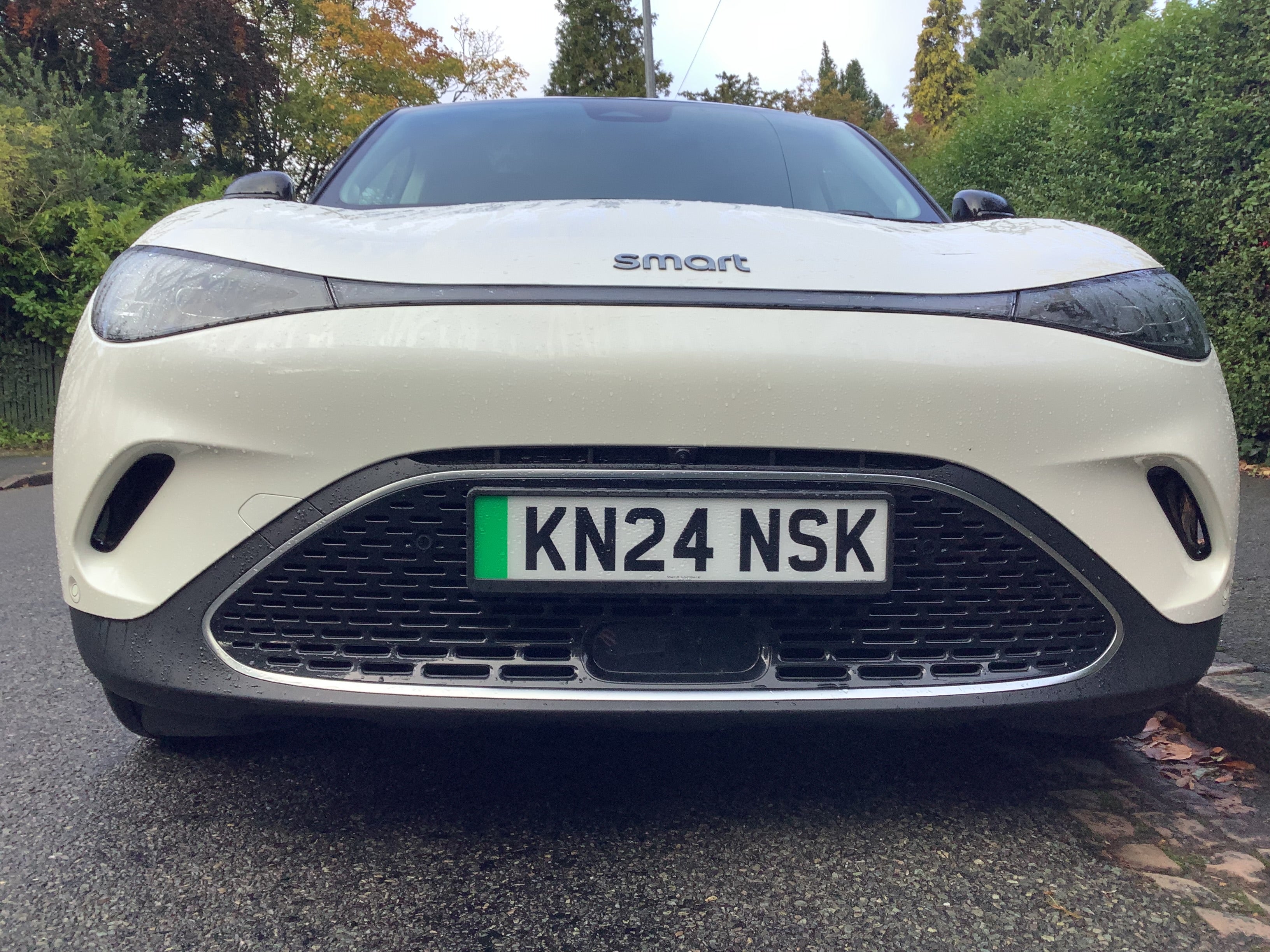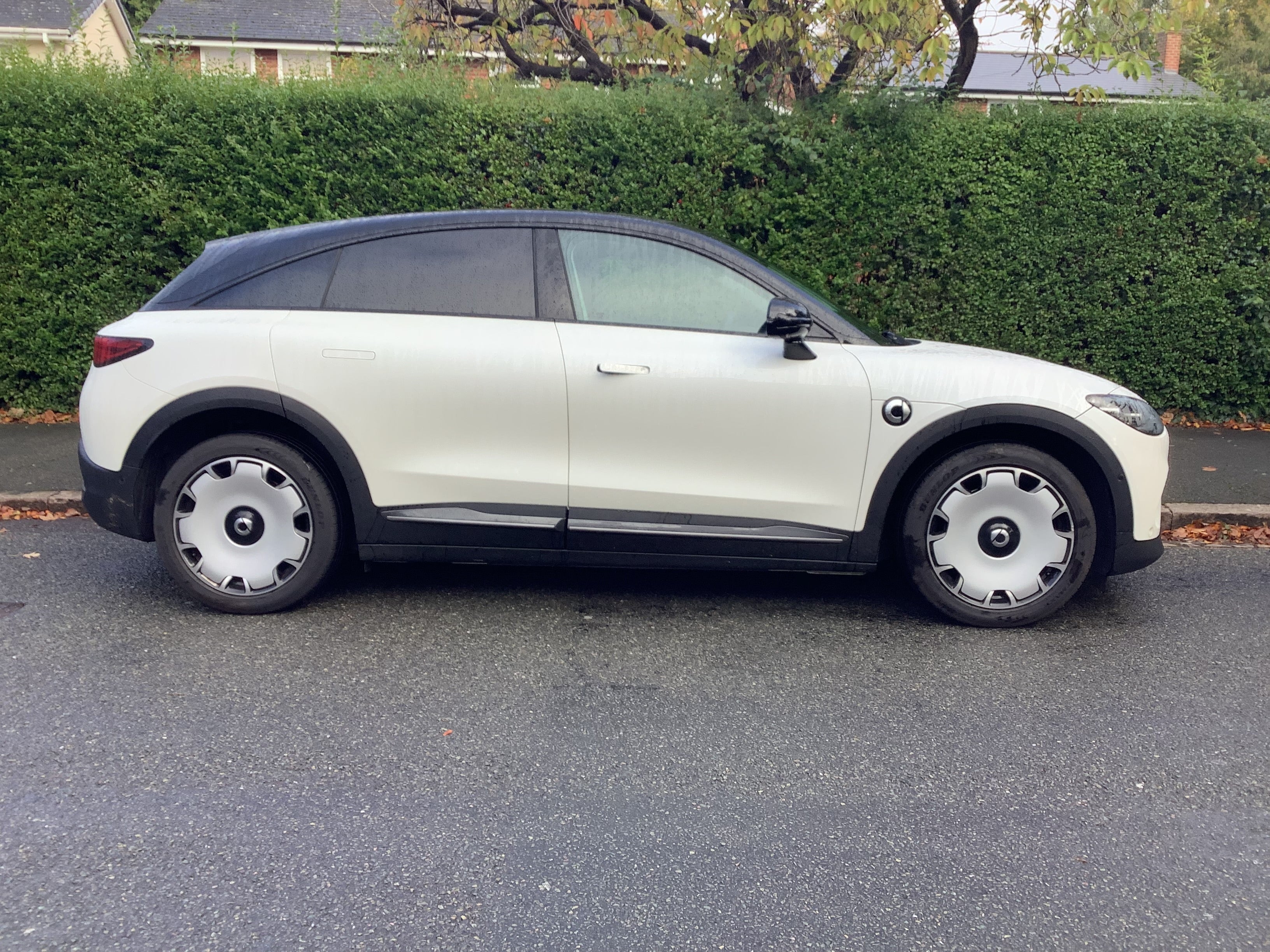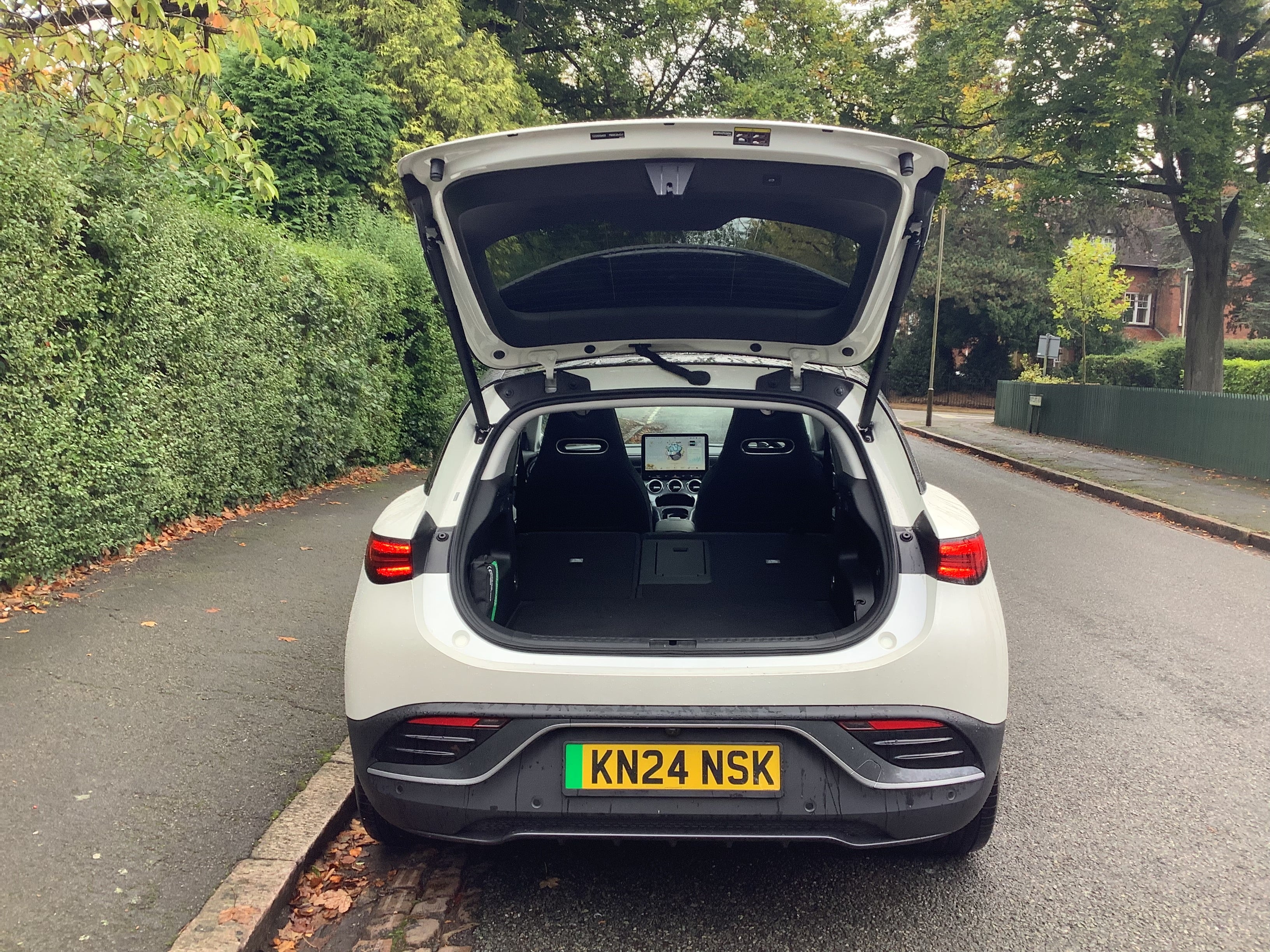
Your support helps us to tell the story
This election is still a dead heat, according to most polls. In a fight with such wafer-thin margins, we need reporters on the ground talking to the people Trump and Harris are courting. Your support allows us to keep sending journalists to the story.
The Independent is trusted by 27 million Americans from across the entire political spectrum every month. Unlike many other quality news outlets, we choose not to lock you out of our reporting and analysis with paywalls. But quality journalism must still be paid for.
Help us keep bring these critical stories to light. Your support makes all the difference.
Though I really wanted to like the Smart #3 – not least because automotive “biodiversity” is a desirable thing – I came away from my time with it rather disappointed. This isn’t just because the Smart badge is no longer attached to those distinctive little urban two-seaters, now long gone. No, it’s because, surprising to say, the software on this contemporary Chinese-built vehicle simply doesn’t work very well, and I have to say as much.
It isn’t me, I can assure you. Without accidentally squeezing the wrong button on the steering wheel controls or brushing the large touchscreen, the Smart in its automatic cruise control mode would decide that the speed limit had changed and would slam the brakes on pretty hard to bring speed down from 70mph to 50mph – even where there were no roadworks or similar restrictions.

Many modern cars have the ability to “read” road signs, balancing that data with what they gather via the satellite navigation system, and all are capable of making errors. But the Smart #3 was one of the least reliable I have come across since this technology started to become routine a few years ago.
Connecting your smartphone and Google maps would solve some of the problems, and my example may have been an exception, but it didn’t really inspire confidence. Naturally, there’s no on/off button, so you switch the thing on by putting it in gear and turn it off by locking it, via a button on the door handle. But that’s not so unusual these days.

The other irritant was the built-in satnav, which had a tendency to “crash” and issue eccentric instructions. So if you have the audacity to ignore the instruction to come off the motorway only to rejoin it immediately – ie at the same junction – it refuses to issue any fresh instructions, as if out of spite.
If you cancel your route, you need to re-enter the address and then obey its commands without demur. As I say; disappointing and all the more surprising because it’s produced by a joint venture between Daimler, parent of Mercedes Benz, and Geely, one of those Chinese giants taking over the battery electric vehicle (BEV) world.
By the way, through another circuitous corporate route, the Smart #3 shares much of its engineering with the Volvo EX30 (which works better in my experience).

Not that many prospective drivers will care, but the #3 is a kind of slightly bigger and sleeker coupe version of the Smart #1, and it actually looks very, well, smart.
From the sides it has the same swoopy curves as one of the sportier Mercedes, and from the back it looks a little like a Porsche Macan.
THE SPEC
Smart #3 Premium
Price: £40,450 (as tested, range starts at £32,958)
Propulsion: Single electric motor, rear drive, powered by 62kWh battery
Power (hp): 268
Top speed (mph): 112
0-60 (seconds): 5.8
Economy (Wh/mile): 335
Range (miles): circa 250
CO2 emissions: 0
The “face” is generic Chinese BEV, however, and, aside from the badge and some detailing, has nothing about the original Smart car to it.
It drives reasonably well, being rear-wheel drive and well balanced, with typically brisk BEV performance, plus there’s a Brabus version offering supercar acceleration from a bigger battery pack and another electric motor. Probably not worth it, to be honest. The steering could be sharper, but at least the brakes are efficient.
Inside, the #3 is a melange of European and Chinese styles. The switchgear for lights and wipers is typically Mercedes, but the big touchscreen is quirkily Chinese, complete with some sort of animated big cat, possibly a jaguar or a cheetah, prowling around the screen looking rather pleased with itself. It certainly never seemed that bothered about being taken on some highly dubious detours by the sat nav.

The centre console is set very high and it intrudes into the driver’s space a little too much, even for those of us with a modest inside leg measurement.
You get the impression that style has been granted a little too much status, compared to function. A saving grace is how quickly it will recharge on one of the latest hyper-chargers you can find at some motorway services now, and the Smart’s charging software and capacity is superior to that of most rivals I’ve tried.

Please do try the Smart #3, because it might just be the idiosyncratic machine you never knew you wanted, and the new Smart people seem to have given up on trying to demand “premium” money for their products (and it’s a tough market for BEVs these days).
This one comes in at a starting price of a little over £30,000, which puts it firmly in contention compared to, say, the excellent and much more user-friendly Peugeot e-2008, or the forthcoming Skoda Elroq.
Take it for an extended drive on a route you know and set the satnav and adaptive cruise control accordingly. It may work for you, in more ways than one.







